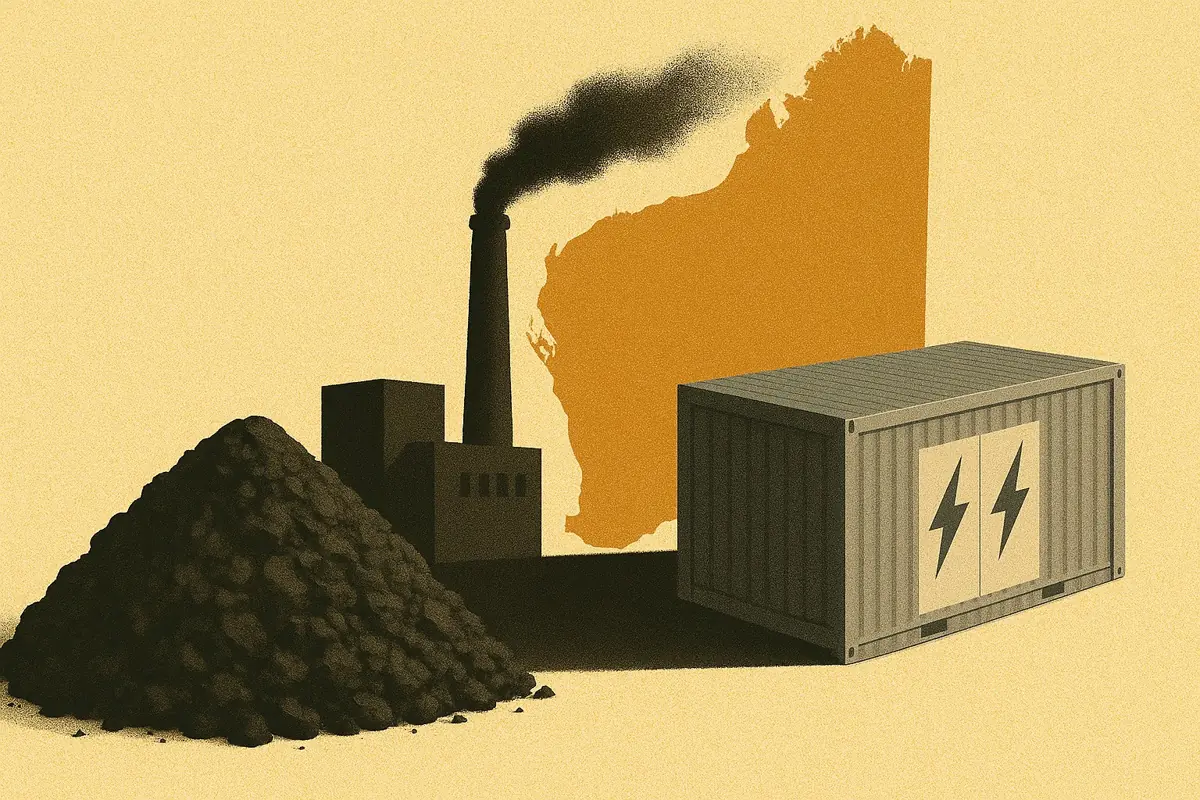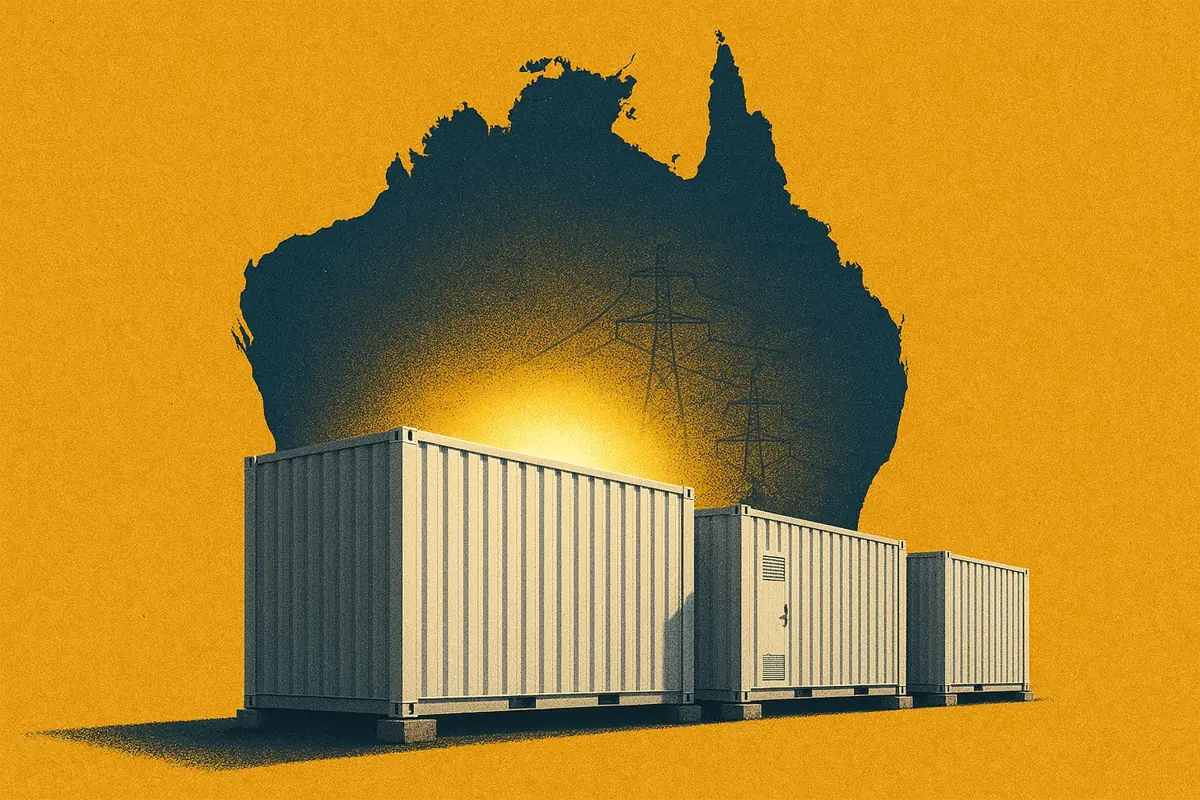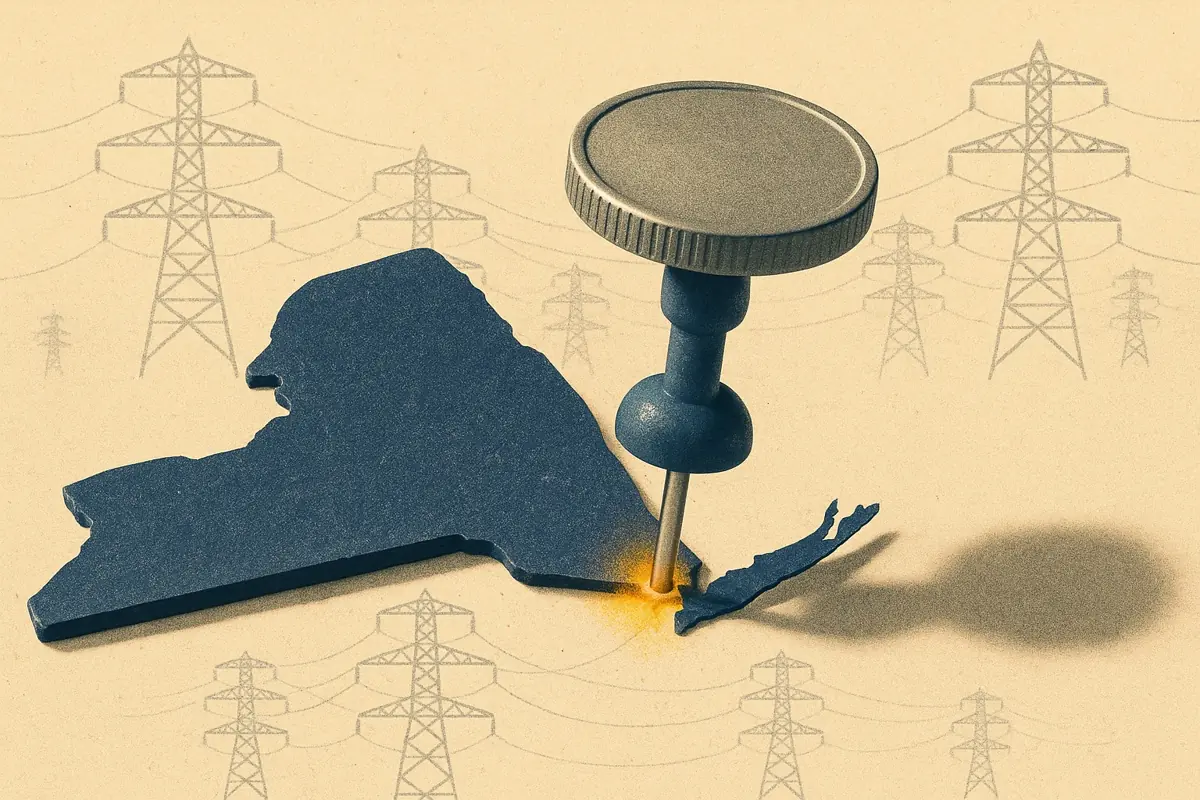Executive Summary
- ERCOT battery dispatch volumes increased by nearly 4x in summer 2024 compared to 2023, despite a more modest 63% increase in installed capacity.
- The shift to Energy arbitrage reduced average cycling rates, dropping from 0.74 cycles/day in August 2023 to 0.69 in August 2024, despite higher dispatch volumes.
- Two-hour batteries that cycled at least 0.75 times per day earned 47% more revenue than those cycling less than 0.25 times, reinforcing the link between cycling and profitability.
Subscribers to Modo Energy’s Research will also find out:
- How cycling rates varied between Ancillary Service-focused and Energy arbitrage-driven batteries.
- Which battery owners optimized their strategies to secure the highest revenues.
- Why cycling rates could rise toward one full cycle per day as ERCOT market dynamics continue shifting.
To get full access to Modo Energy’s Research, book a call with a member of the team today.
Introduction
In the summer of 2024, battery energy storage systems in ERCOT dispatched nearly 4x more volume during their peak daily dispatch than in the summer of 2023. Of course, more batteries on the system will inevitably mean higher volumes dispatched. However, from the start of August 2023 to the start of August 2024, battery capacity in ERCOT only increased by 63% (from around 4.8 GWh, to around 7.8 GWh).







